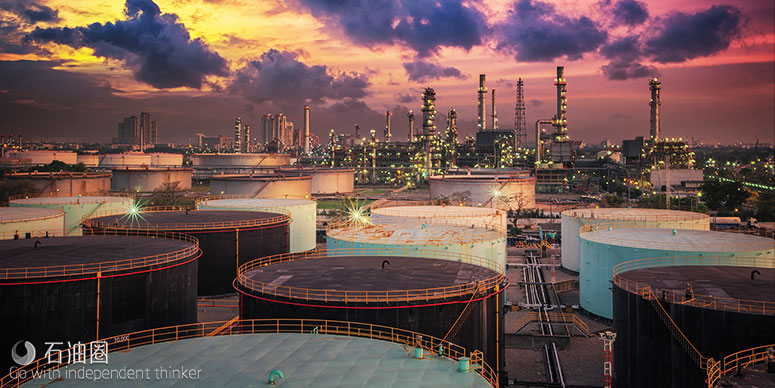Energy Recovery’s IsoBoost is a hydraulic system that recovers pressure energy and increases the reliability of pumping systems. In ammonia production, IsoBoost is used in CO2 removal, while in gas processing, the system is used in acid gas removal. It helps plants save energy, reduce maintenance, and run more profitably.
The core of IsoBoost is a proprietary liquid-to-liquid turbocharger. With three times the reliability of a traditional pump, the turbocharger recovers energy from the letdown of a high-pressure fluid and transfers it to a low-pressure fluid to reduce the energy required for pumping.
By replacing a complex pump and motor system with the simple and efficient IsoBoost, plants can expect millions of dollars in energy savings and a big drop in maintenance over the life of a plant. With IsoBoost, plants save up to 50% of electric power costs.
Plants can save up to 50% of total electric power consumption for the acid gas removal circuit.
IsoBoost Delivers Multiple Benefits to Plants
Save Energy
IsoBoost will save millions of dollars in energy over the life of a plant. Plants can save up to 50% of total electric power consumption for the acid gas removal circuit, and the system will perform at up to 80% efficiency.
Improve Reliability, Availability, Maintainability
IsoBoost is up to three times as reliable as a pump. Compare its mean time to failure (MTTF) of 10 years to the 2.9 years MTTF of a traditional multistage, centrifugal motor driven pump. Expect fewer breakdowns, and a big drop in maintenance costs.
Lower Carbon Footprint and Emissions to Comply with Regulations
Reducing carbon footprint and emissions with IsoBoost can help plants comply with legislation. With plants requiring less energy to run, IsoBoost can help meet standards set by current regulations, increase plant capacity without impacting regulatory compliance, or reduce the risk that operations will be compromised by future regulatory standards.
Explore New Options in Plant Design
IsoBoost offers plants a new freedom in designing their operations. Plants can use IsoBoost in place of an additional high-pressure pump to increase capacity without adding energy costs, or replace a high-pressure pump with IsoBoost to optimize capital expenditure and operating expenses. The system also features replaceable volutes that allow for flexible flow rates.
Mitigate Risk of Price Fluctuations
Plants rely on power, and are challenged by electricity price fluctuations. By using more recovered energy, plants can mitigate this risk, because less power will be drawn from external sources.
Features
- 10 year mean time to failure (MTTF) three times the 2.9 year MTTF of an API pump;
- Up to 80% efficiency;
- Always at best efficiency point (BEP) within operating range;
- Only one moving part;
- No shafts exiting the casing;
- No shaft seals, no seal leaks possible;
- No seal support systems;
- No alignment required;
- Bearings self-lubricated by process fluid;
- No external oil lubrication systems;
- Rotating assembly speed unconstrained and self-regulating;
- Very low vibration.
Benefits
- Save energy;
- Improve reliability, availability, maintainability;
- Lower carbon footprint and emissions to comply with regulations;
- Explore new options in plant design;
- Mitigate risk of price fluctuations.
Location: Middle East
Energy Recovery has recently been awarded a project to install multiple IsoBoost systems in a gas processing plant in the Middle East. When completed, it will be the largest plant of its kind in the world.
The project also represents the first multiple IsoBoost system installation,and following the commissioning of Energy Recovery’s first IsoGen system,secures the company’s presence in the Middle East as a provider of disruptive technology in gas processing and chemical production.
At this new plant, Energy Recovery’s IsoBoost system:
- Will be designed for a flow capacity of 6,000 gallons per minute in each system;
- Will reduce the plant’s power consumption by 6.5 MW, saving over 57 GWh of energy per year;
- Will reduce CO2 emissions by 39,000 tons per year;
- Would be implemented in a process that treats 2,500 MMSCFD of non-associated gas from two fields into clean-burning natural gas.
Location: Texas, USA
Energy Transfer was faced with a dilemma at their Jackalope Amine Gas Processing Plant in Hebbronville, Texas. The plant has an amine flow rate of 750 gpm and produces approximately 50 million cubic feet of natural gas per day. They’d been using gas-powered plunger pumps to inject pressurized amine into their contactor vessel, but with tightening environmental regulations in the state of Texas and emission rates already at their limits, the pumps needed to be decommissioned and replaced with a more energy efficient option.
Their goal was not only to reduce emissions below the admissible levels for Texas, but also to find a long-term, economically viable solution that could significantly cut energy costs over the remaining lifespan of the plant. Energy Recovery partnered with Energy Transfer to implement an IsoBoost system using our proprietary turbocharger technology.
Since it was installed, Energy Recovery’s IsoBoost system has:
- Run continuously, requiring virtually no maintenance
- Reduced emissions at the plant by a total of 14.4 million pounds of CO2
- Saved the small plant close to a $1 million in total energy savings
“In the past years that the IsoBoost system has been operating, the plant is running better. You are not using the big engines, or putting so much strain on electrical equipment, so this technology adds to the overall uptime of my operations.”
– Odell Gonzalez
Plant Manager, Jackalope Amine Gas Processing Plant
Energy Transfer

 石油圈
石油圈

